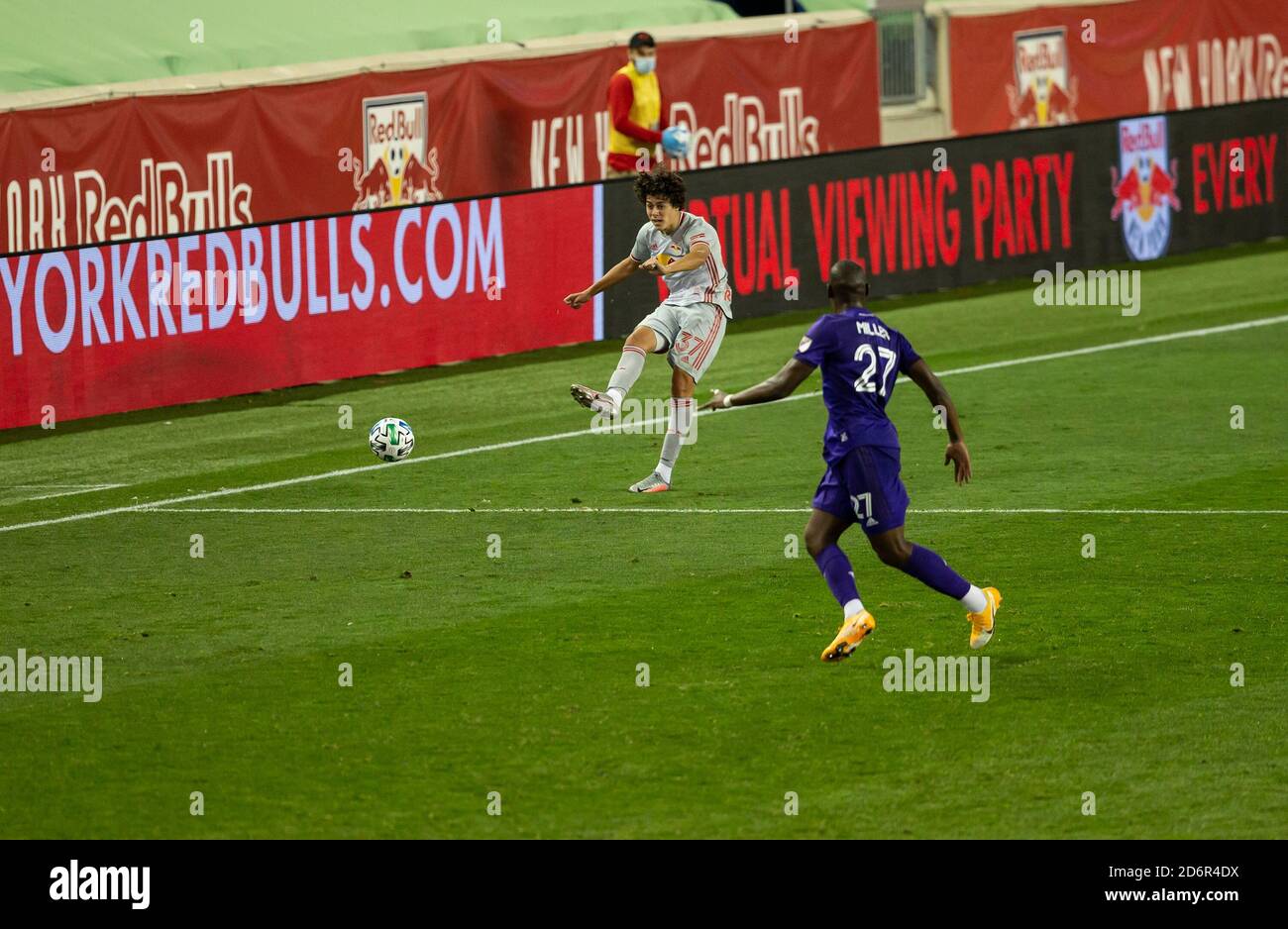
View this post on Twitter or change your cookie settings Much like conventional brands, or even more so, expectations are high for game publishers and the like to really fuel the hype surrounding their products and form a close bond with the community. The success of live-streaming platforms like Twitch and the proliferation of the eSports industry has made their presence on social all the more stronger. The gaming world has long been a pretty tight-knit community, so it’s no surprise that gamers and publishers alike are highly active on social media. Likewise, this promo content often needs to be distributed to several external partners and third-party review sites, and a DAM platform makes it much easier to find exactly what you need and share those digital assets quickly, with minimal fuss. Having a digital asset management platform to store, organize, and share that content from one centralized place can really help video game marketers have peace of mind. Game publishers promote this video content in a variety of ways, whether that’s via social media, live streaming, sponsorships, or industry conferences. Promoting video teasers and trailers ahead of a game’s release has long been a tried and true strategy used by game publishers to drum up excitement amongst fans hungry for a glimpse into the gameplay. All those video files need to be stored somewhere While digital asset management may not be able to cut costs on the budgets for celebrity cameos, using a DAM platform is invaluable when game studios are pushing marketing campaigns that rely so heavily on such a high volume (and variety) of content. In short, there’s a hell of a lot of content to manage. Driving awareness and anticipation among fans is key, so unsurprisingly, publishers invest heavily on big-budget video trailers, dramatic visuals, and highly engaging social media campaigns. While the majority of publishers don’t come anywhere near these figures, it’s often standard practice for marketing costs to exceed the actual costs of producing a video game. Game publishers know that the financial success of their product often relies on the level of hype they can incite among fans ahead of its release (which gives some context to the staggering number of sales Grand Theft Auto V pulled in during its first 24 hours.) That’s why the big guns of the gaming world are willing to pump so much money into marketing their new releases, with publisher Activision being a well-known example when they invested $200 million in marketing Call of Duty: Modern Warfare 2 alone, despite the game ‘only’ costing $50 million to produce. Standards are high among gamers these days-the growing numbers of video game developers are finding it increasingly difficult to stand out from the crowd. This has inevitably led to a bigger-and much more competitive-market. Video game marketing is big, big business Remember Angry Birds, or Candy Crush? These appealed to not only eight-year old boys it’s cheap and easy entertainment that even your grandma could enjoy. There’s no need to head to the local mall to get your button-bashing fix anymore video games are now accessible to a far wider audience of players. Much of this growth and shift in demographics is due to the rapid rise in mobile and online gaming. This monumental rise shows no signs of slowing down anytime soon either, with the industry experiencing a steady rise year on year, set to make a staggering $170 billion in 2018. For a little more eye-watering perspective, it's made more money than any other game, movie, or music record in history. To put that into perspective, the critically-acclaimed Grand Theft Auto V made more than $800 million in its first 24 hours alone back in 2013.


In the space of a generation, the video gaming industry has exploded out of the niche confines of a spotty teenager’s bedroom and transformed itself into a global entertainment industry, embraced by a colossal 2.2 billion gamers worldwide (who have also matured, with an average age of 34.)


 0 kommentar(er)
0 kommentar(er)
